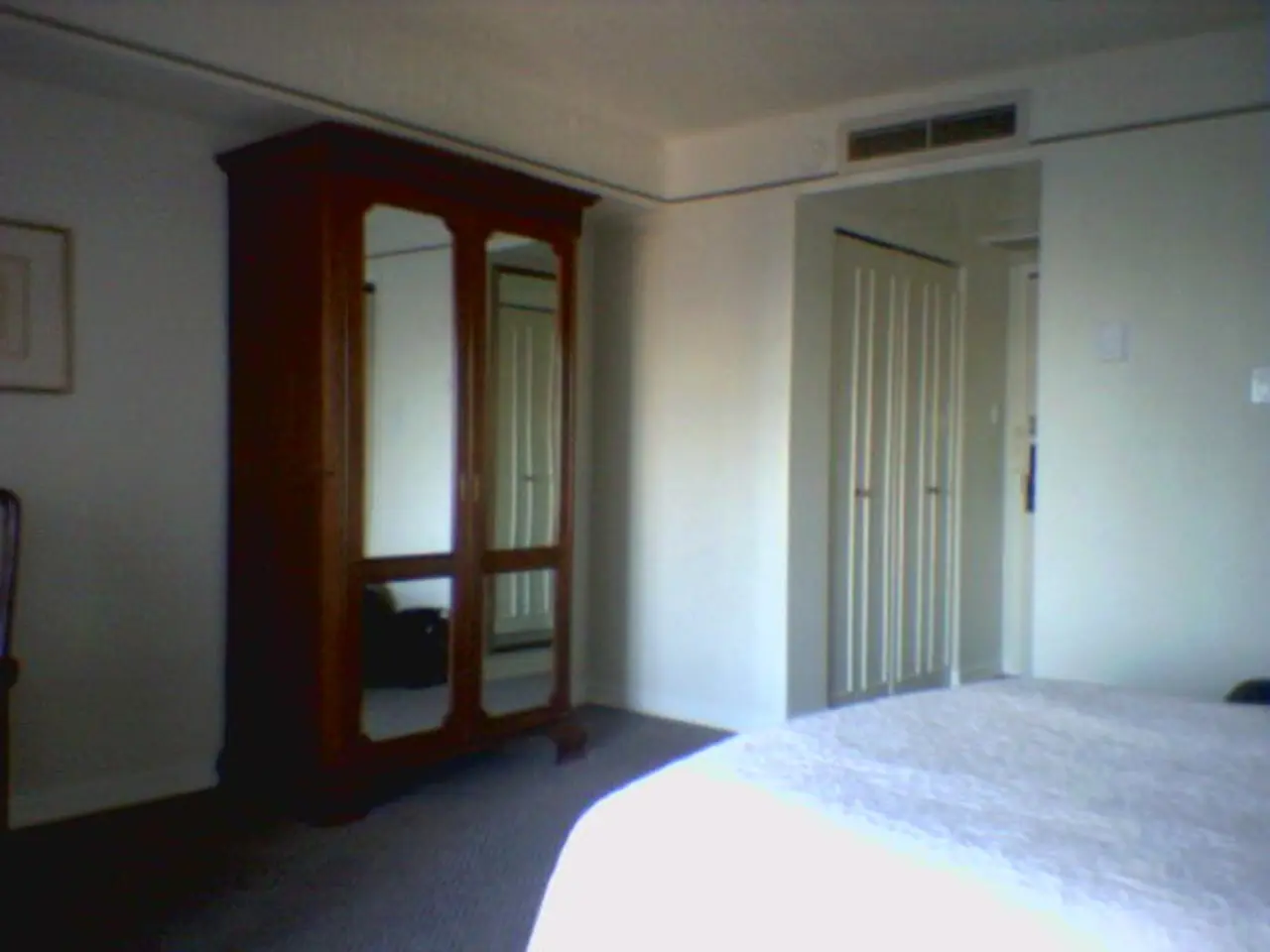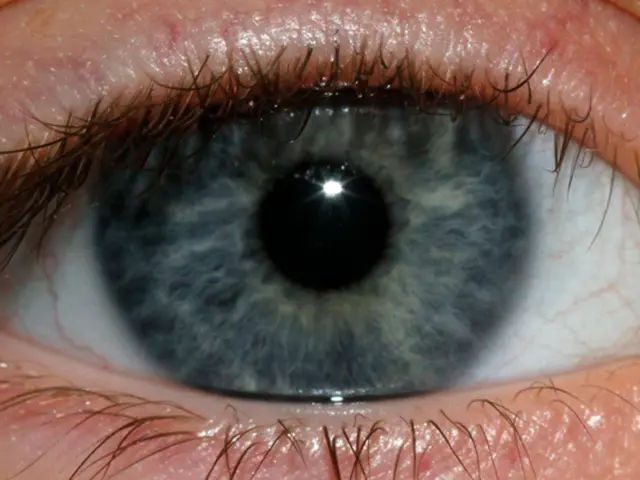Energy efficiency of social homes falls short by 14%, according to a recently published study
A recent study has shed light on the prevalence of ventilation issues in social homes, revealing that tenants are more than 11 times more likely to experience ventilation problems compared to plumbing issues. This finding, published by ventilation solutions provider Airflow, has highlighted a gap in the energy performance of social homes and the ventilation available in these properties.
The study, which looked into the energy efficiency and ventilation systems in social housing, as well as data from the Social Housing Residents Survey, has identified common ventilation issues such as poor air circulation, inefficient natural ventilation, and a lack of responsive airflow control. These problems can lead to trapped heat, moisture buildup, and reduced indoor air quality, affecting the health and comfort of occupants.
To tackle these issues, Airflow recommends implementing responsive airflow systems that proactively move cooler air from shaded or low areas to warmer or higher areas inside the home, improving natural indoor airflow directionality. Additionally, they suggest utilizing smart ventilation technologies that monitor indoor conditions in real time and automatically adjust window controls or ventilation openings to optimize airflow and air exchange rates without relying solely on manual intervention.
These strategies can help address common social housing challenges such as overheating in summer, dampness, and stale indoor air, thereby improving residents' comfort and wellbeing through better indoor air quality. With the introduction of Awaab's Law, which requires social housing landlords to investigate and fix damp and mould issues within strict new time limits, these solutions could play a significant role in improving the living conditions for social housing tenants.
The study also revealed that social housing residents are dissatisfied with their properties due to issues such as damp, mould, condensation, insulation, and ventilation. To address these concerns, landlords can upgrade ventilation fans, install mechanical ventilation systems, and seal gaps that allow drafts as improvements to address ventilation issues in social housing properties.
Despite ongoing issues with ventilation and energy efficiency, record investment has been made in social housing repairs globally. The effectiveness of the improvements will depend on the property, so thorough checks should be run to ensure that the solutions are tailored to the specific needs of each home.
Proper ventilation is essential in all homes, particularly social homes, as poor ventilation can affect both the well-being of the occupants and the building itself. With the focus on data-driven, adaptive ventilation solutions, there is hope that social housing properties can reach energy efficiency goals and provide a healthier living environment for their residents.
The study also acknowledges the significance of ventilation in social housing, suggesting the implementation of responsive airflow systems and smart ventilation technologies to enhance indoor air quality and combat issues like overheating, dampness, and stale air. Additionally, it encourages landlords to invest in upgrades like mechanical ventilation systems and sealing drafts to address ventilation problems in social housing.
The research further highlights the potential benefits of addressing ventilation issues, as proper ventilation can not only improve the energy efficiency of social homes but also positively impact the health and wellness of residents, specifically reducing health risks associated with poor indoor air quality. Furthermore, the study emphasizes the role of environmental science, specifically in developing adaptive ventilation solutions, in bettering the living conditions of social housing tenants.




